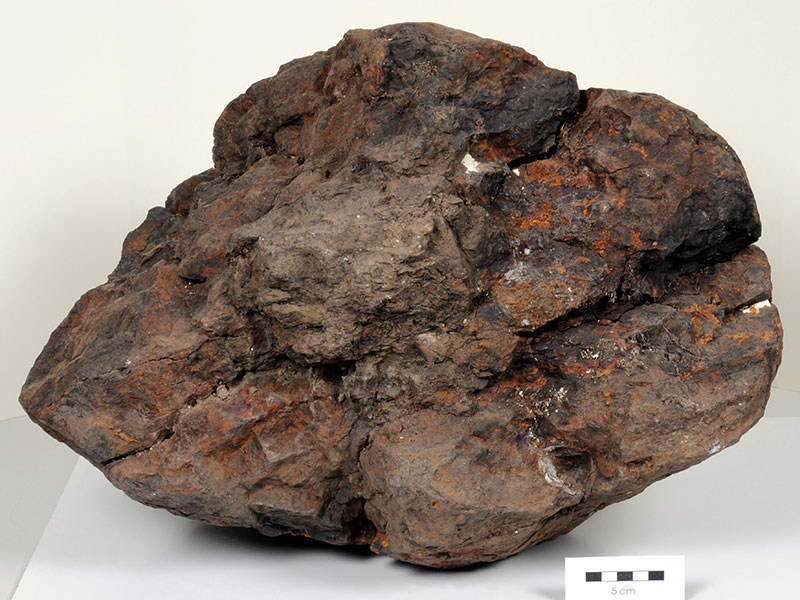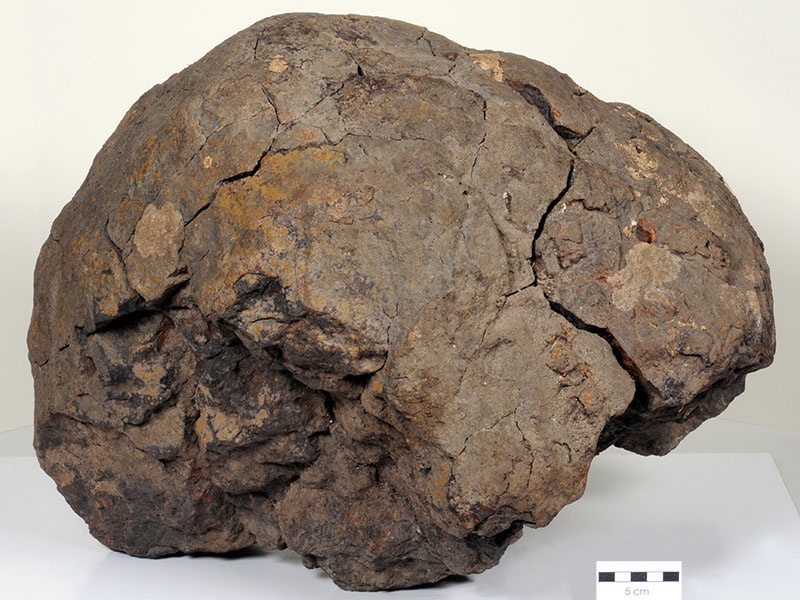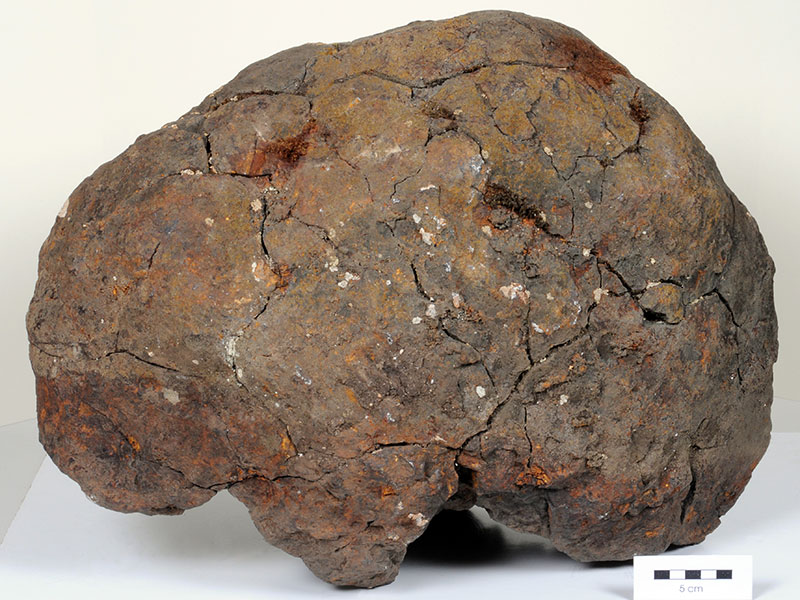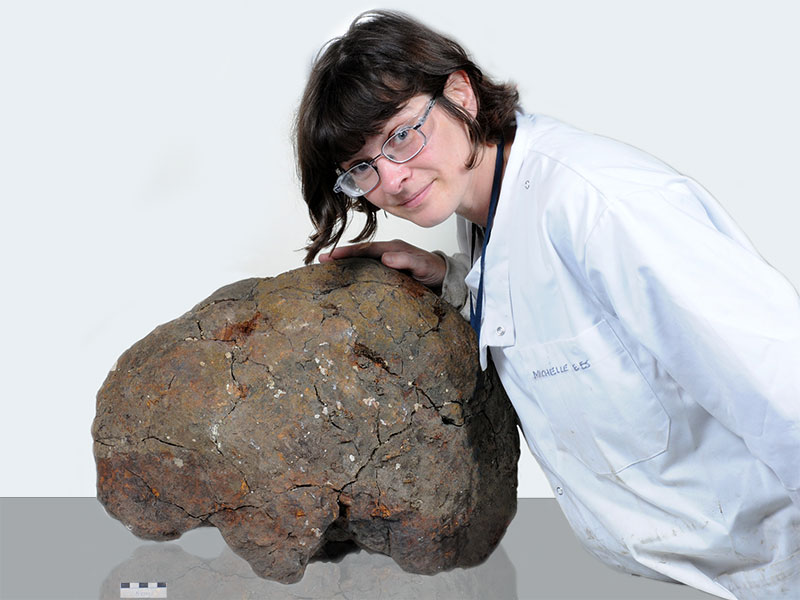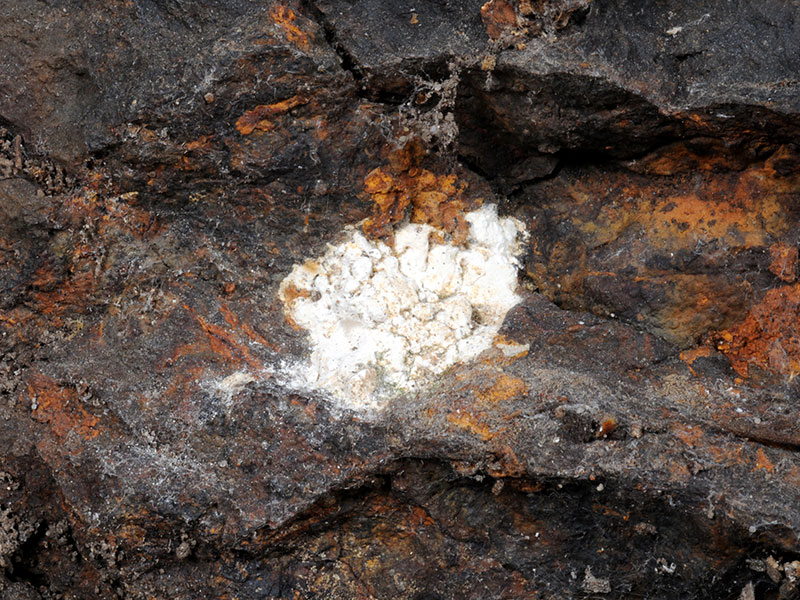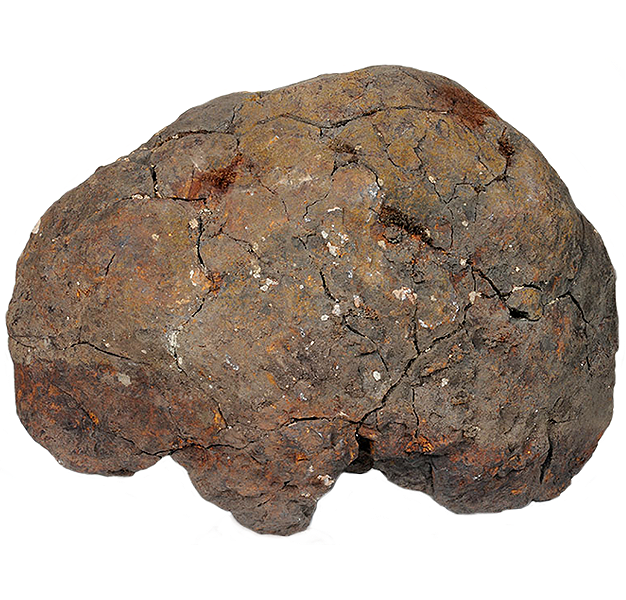
Fact sheet
Lake House is an Elizabethan country house dating from 1578, in Wilsford-cum-Lake in Wiltshire. For over 80 years a large 90 kg meteorite sat on the doorstep of the house. When the house was sold in 1991 the meteorite was moved to the Natural History Museum and it stayed there for 30 years until scientists at the Open University, Milton Keynes began working on it. It is now on display in Salisbury and South Wiltshire Museum.
The meteorite is an ordinary chondrite (H5) and is thought to have been buried in a prehistoric burial mound before being excavated by Edward Duke (1779-1852). It is Britain's biggest meteorite.
See: Pillinger et al. (2011) The meteorite from Lake House. 74th Annual Meteoritical Society Meeting, Houston, Texas. Download pdf here: http://www.lpi.usra.edu/meetings/metsoc2011/pdf/5326.pdf
http://www.salisburymuseum.org.uk/news/largest-meteorite-fall-britain
http://www.lpi.usra.edu/meteor/metbull.php?code=56143
